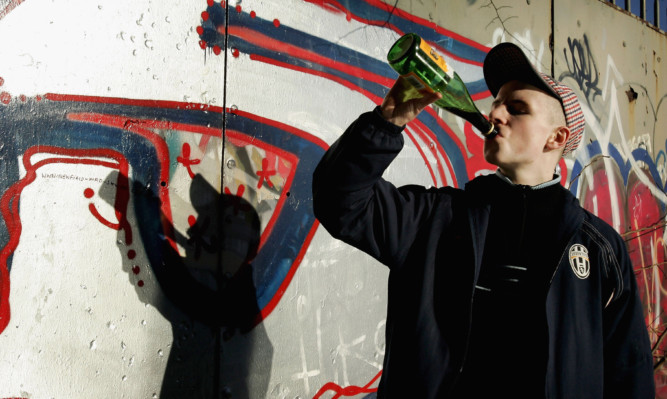
Hospitals are treating soaring numbers of children suffering liver disease linked to obesity and under-age drinking.
Figures show there has been a huge increase in the number of admissions for the “silent killer” over the past 16 years.
In 1997/98, 289 youngsters aged under 10 were admitted to hospital with a primary diagnosis of liver disease, but by 2012/13 it had soared by 20% to 346.
But shockingly, cases among 10 to 17-year-olds soared by 112% over the same period, from 197 to 417 in 2012/13.
The
The revelations are set to re-ignite demands for extra tax to be slapped on sugary food and drinks.
Labour MP Luciana Berger, a shadow public health minister, who uncovered the statistics, said: “These figures reflect the growing national crisis in liver disease. Liver disease is being shamefully overlooked by this Government.
“More than 30 people are dying of liver disease every day, yet the Government has dropped the National Liver Strategy that was promised and have no plans to publish one.
“Ministers must now take urgent action to reverse this alarming trend, improve outcomes for liver patients and prevent liver disease in the first place.”
In 2011 the Department of Health launched a campaign branding childhood liver disease a “silent killer” and a “time bomb” which would explode unless parents drastically changed their children’s lifestyles.
Professor Martin Lombard, national clinical director for liver disease at the Department of Health, revealed 500,000 youngsters aged four to 14 were at risk of liver disease and by 2050, 63% of children will be obese.
In some cases the disease can progress to cirrhosis of the liver, a life-threatening condition, which can lead to premature death as symptoms do not appear until the disease has progressed to a late stage.
Last year an alliance of 61 organisations, including the Royal Society for Public Health, called for a seven-pence-a-can “fat tax” on soft sugary drinks.
It was the latest in a series of fat tax pleas to discourage youngsters consuming excess quantities of unhealthy food and drink.
Alison Taylor chief executive of the
A Department of Health spokesman said: “All three major causes of liver disease obesity, undiagnosed infection and harmful drinking are preventable.
“That is why we are already taking comprehensive action to tackle the issue, through alcohol risk assessments at GPs, access to alcohol liaison nurses in hospitals and working with industry to help reduce fat and sugar in foods and to remove a billion units of alcohol from sale.
“Reducing deaths from liver disease is a priority for this Government and through our ‘Living Well for Longer’ programme we have committed to working with NHS England and Public Health England to drive local action to tackle this avoidable disease.”

Enjoy the convenience of having The Sunday Post delivered as a digital ePaper straight to your smartphone, tablet or computer.
Subscribe for only £5.49 a month and enjoy all the benefits of the printed paper as a digital replica.
Subscribe